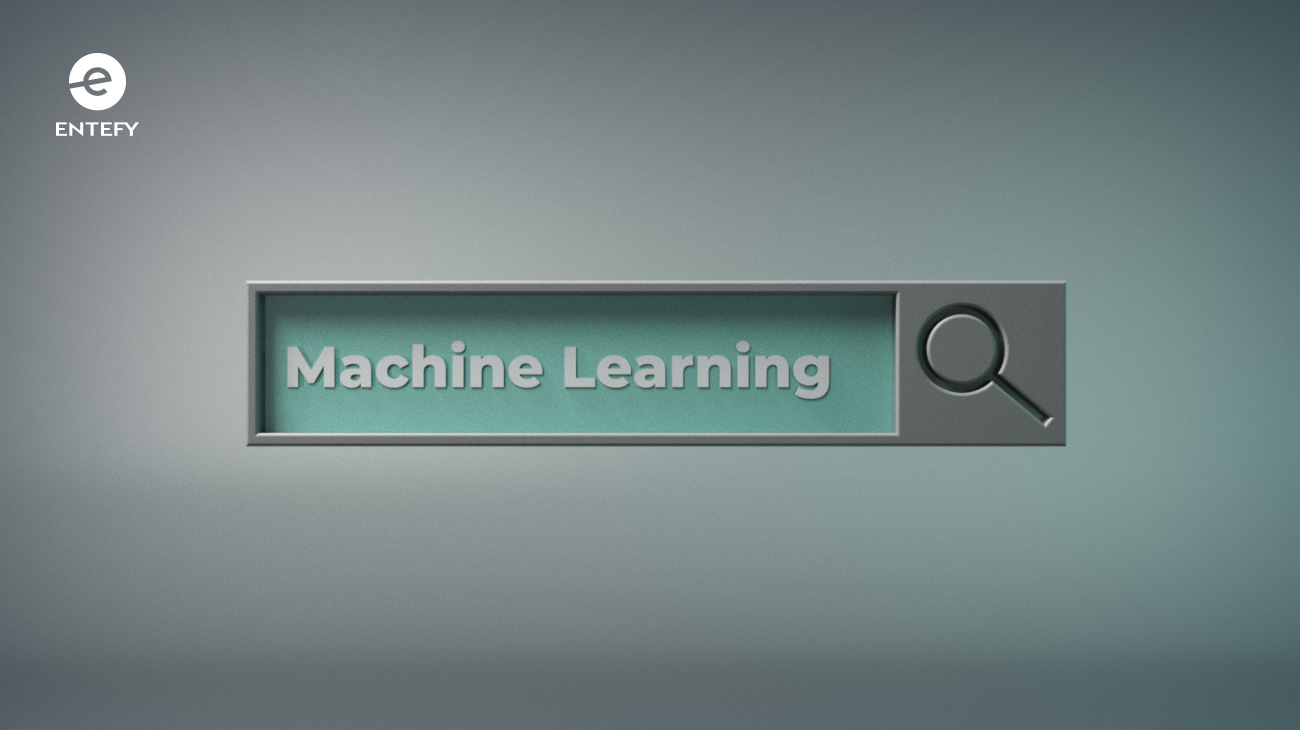Artificial intelligence (AI) is quickly making its way into the products and processes at companies, governmental agencies, and nonprofits around the globe. Leaders and stakeholders who are evaluating AI and machine learning solutions face real challenges in keeping up to date with AI technologies, capabilities, the lingo, and the seemingly unlimited potential for use cases. But without deeper AI training and education, it can be hard to keep pace with these fast-emerging areas.
Which is why Entefy assembled this list of helpful AI terms specifically geared towards anyone with an interest in artificial intelligence and machine learning. Be sure to bookmark this page for a handy quick-reference resource.
Algorithm. A procedure or formula, often mathematical, that defines a sequence of operations to solve a problem or class of problems.
Artificial intelligence. The umbrella term for computer systems that can interpret, analyze, and learn from data in ways similar to human cognition.
Chatbot. A computer program (often designed as an AI-powered virtual agent) that provides information or takes actions in response to the user’s voice or text commands or both. Current chatbots are often deployed to provide customer service or support functions.
Cognitive computing. A term that describes advanced AI systems that mimic the functioning of the human brain to improve decisionmaking and perform complex tasks.
Computer vision. An artificial intelligence field focused on classifying and contextualizing the content of digital video and images.
Data curation. The process of collecting and managing data, including verification, annotation, and transformation.Also see training and dataset.
Data mining. The process of targeted discovery of information, patterns, or context within one or more data repositories.
Deep learning. A subfield of machine learning that uses artificial neural networks with two or more hidden layers to train a computer to process data, recognize patterns, and make predictions.
Ensembling. A powerful technique whereby two or more algorithms, models, or neural networks are combined in order to generate more accurate predictions.
Generative adversarial networks (GANs). A class of AI algorithms whereby two neural networks compete against each other to improve capabilities and become stronger.
Machine learning. A subset of artificial intelligence that gives machines the ability to analyze a set of data, draw conclusions about the data, and then make predictions when presented with new data without being explicitly programmed to do so.
Natural Language Processing (NLP). A field of computer science and artificial intelligence focused on processing and analyzing natural human language or text data.
Natural Language Understanding (NLU). A specialty area within Natural Language Processing focused on advanced analysis of text to extract meaning and context.
Neural networks. A specific technique for doing machine learning that is inspired by the neural connections of the human brain. The intelligence comes from the ability to analyze countless data inputs to discover context and meaning.
Ontology. A data model that represents relationships between concepts, events, entities, or other categories. In the AI context, ontologies are often used by AI systems to analyze, share, or reuse knowledge.
Random forest. An ensemble machine learning method that blends the output of multiple decision trees in order to produce improved results.
Reinforcement learning. A machine learning technique where an agent learns independently the rules of a system via trial-and-error sequences.
Semi-supervised learning. A machine learning technique that fits between supervised learning (in which data used for training is labeled) and unsupervised learning (in which data used for training is unlabeled).
Strong AI. Theterm used to describe artificial general intelligence or a machine’s intelligence functionality that matches human cognitive capabilities across multiple domains. Often characterized by self-improvement mechanisms and generalization rather than specific training to perform in narrow domains. Also see weak AI.
Structured data. Data that has been organized using a predetermined model, often in the form of a table with values and linked relationships. Also see unstructured data.
Supervised learning. A machine learning technique that infers from training performed on labeled data. Also see unsupervised learning.
Taxonomy. A hierarchal structured list of terms to illustrate the relationship between those terms. Also see ontology.
Time series. A set of data structured in spaced units of time.
Transfer learning. A machine learning technique where the knowledge derived from solving one problem is applied to a different (typically related) problem.
Training. The process of providing a dataset to a machine learning model for the purpose of improving the precision or effectiveness of the model. Also see supervised learning and unsupervised learning.
Tuning. The process of optimizing the hyperparameters of an AI algorithm to improve its precision or effectiveness. Also see algorithm.
Unstructured data. Data that has not been organized with a predetermined order or structure, often making it difficult for computer systems to process and analyze.
Unsupervised learning. A machine learning technique that infers from training performed on unlabeled data. Also see supervised learning.
Weak AI. Theterm used to describe a narrow AI built and trained for a specific task. Also see strong AI.
